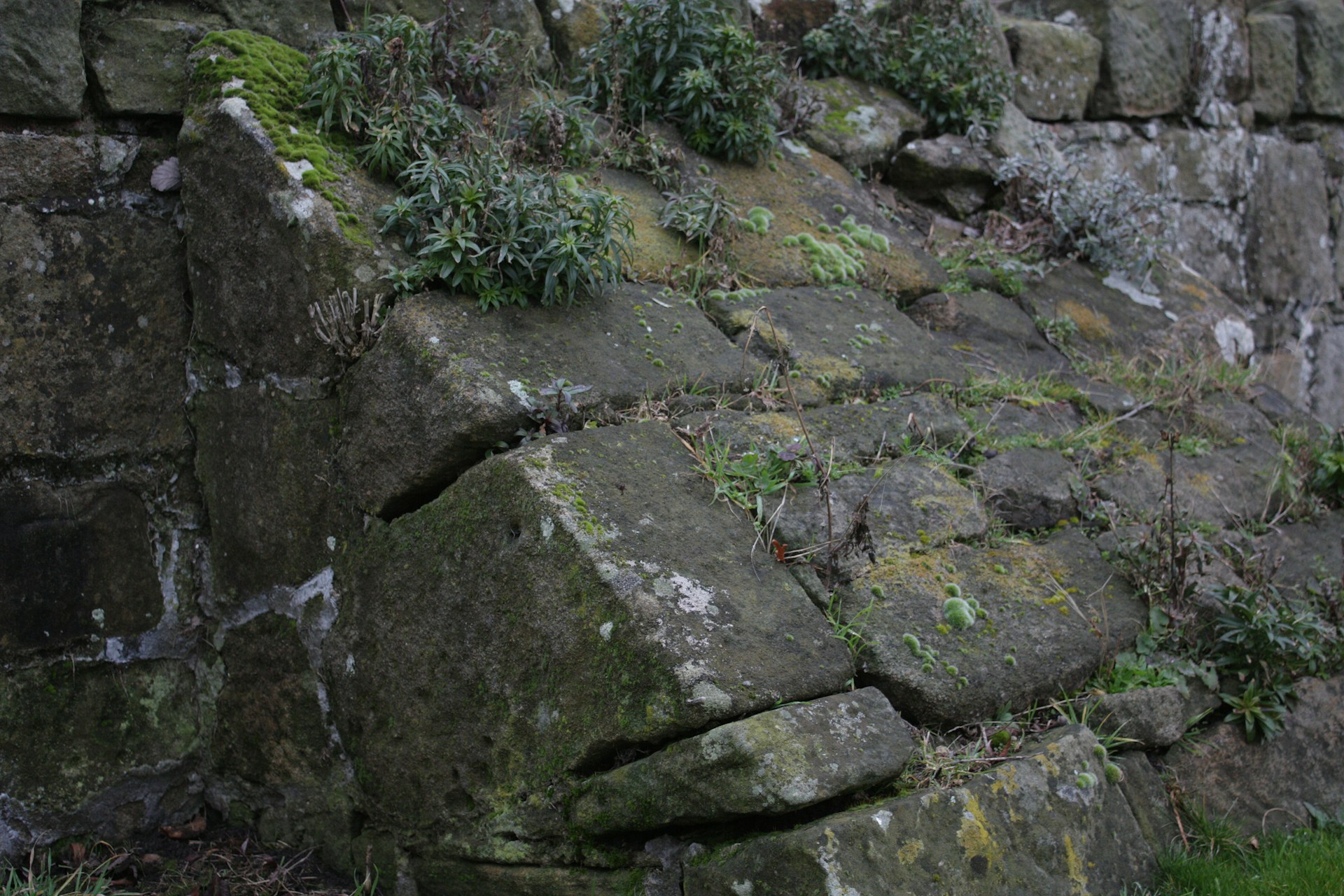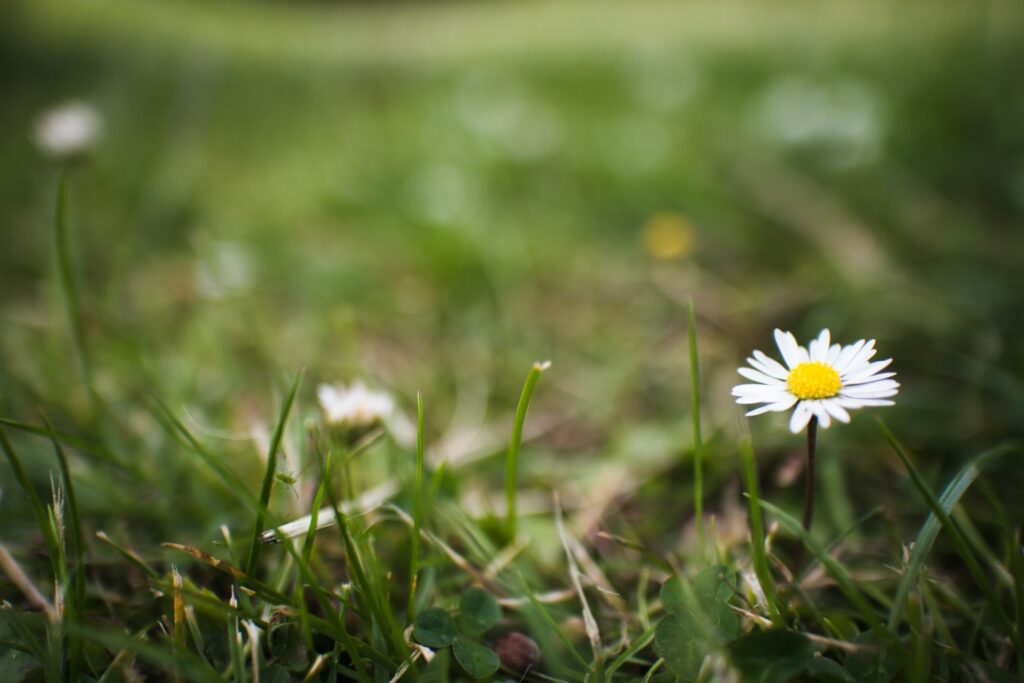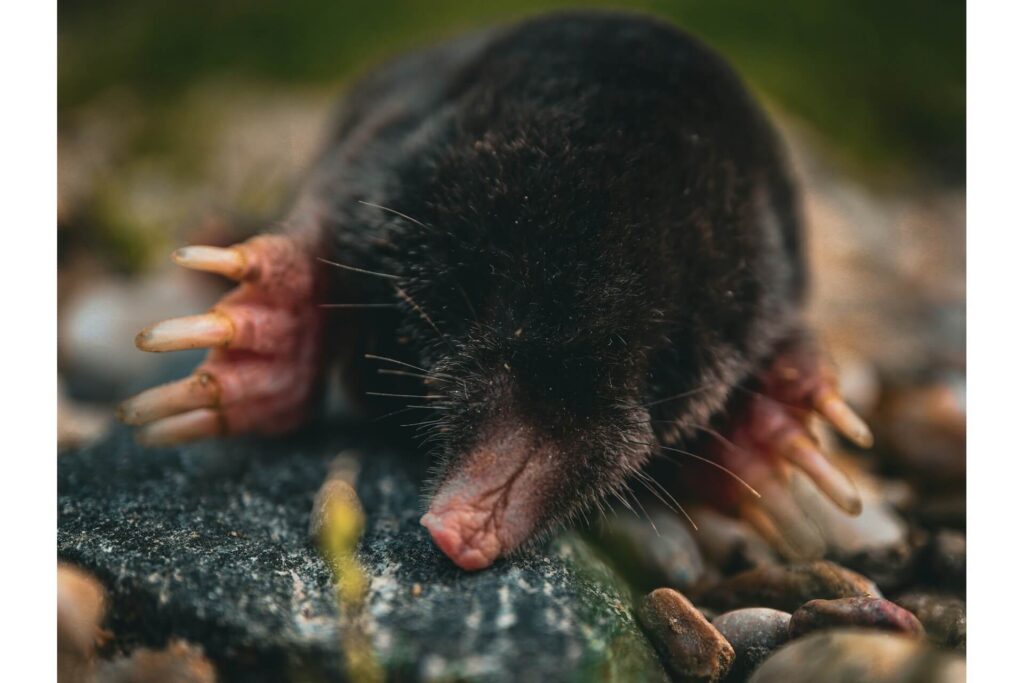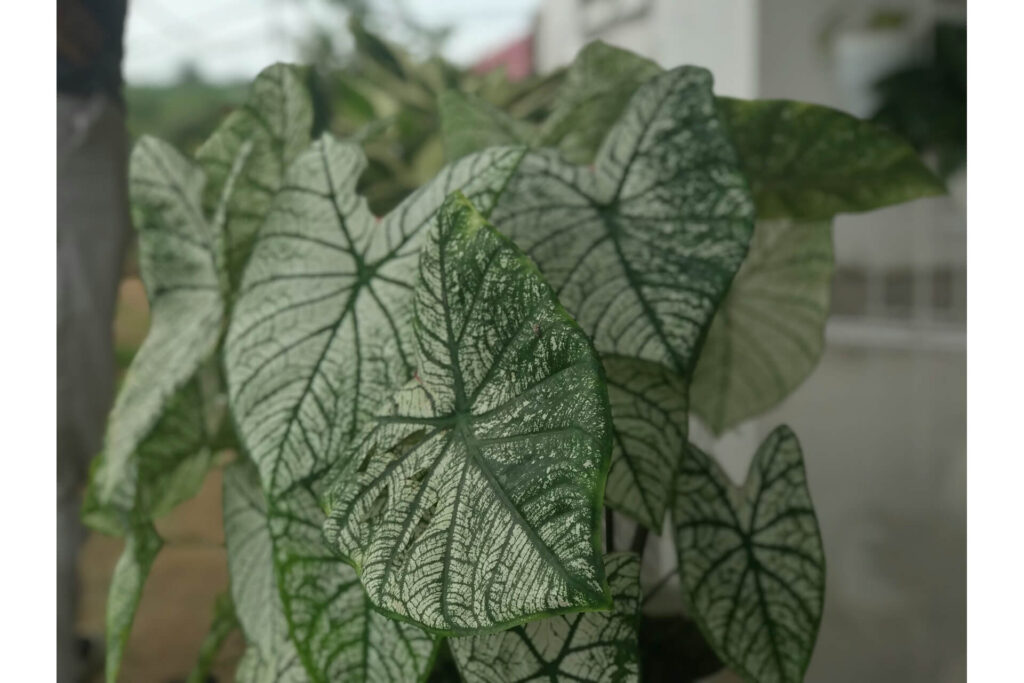What Kills Weeds Down to the Root? Breaking It Down (Updated or 2025)

We are reader-supported. When you buy through links on our site, we may earn an affiliate commission.
Managing the weeds is crucial for maintaining a healthy garden or farm. These unwanted creepers rob your crops of soil space and other resources to grow. Removing them ensures your greeneries stay robust, but what kills weeds down to their roots? Explore the various ways to control vegetation debris.
Understanding Weeds Growth and Life Cycle
Weeds are plants growing in spaces where they’re unwelcome. They compete for soil nutrients, light and water with your vegetables, trees and crops. Because they grow rapidly, they could occupy your entire garden if you overlook maintenance.
Yard control can be tricky since weeds have different life cycles. Understanding this information is key to eradicating them. Here are the types of weeds and when they grow.
Annual Weeds
These types complete their life cycle in one year and multiply through the seeds. They’re further divided into summer and winter annual weeds.
Summer Annual Weeds
They germinate in early spring or summer and die in late summer or fall. Some examples include:
- Crabgrass
- Goosegrass
- Barnyardgrass
- Purslane
- Ragweed
- Carpetweed
Winter Annual Weeds
Summer varieties are then replaced with winter weeds that appear when the cold weather starts. They grow, flower and produce seed until the warm kicks in and they die. Some examples are:
- Common chickweed
- Annual bluegrass
- Pineapple weed
- Corn speedwell
- Spring whitlow grass
Both can grow repeatedly within their respective seasons, causing headaches for gardeners. The right strategies for killing these weeds are key to improving your garden.

Biennial Weeds
These plants reproduce through seeds and end their life cycle in two years. They grow in spring to early summer, surviving the heat and cold. They don’t wither until the second growing season. Some examples are:
- Wild carrot
- Mullein
- Bull thistle
- Garlic mustard
- Burdock
Perennial Weeds
These unwelcomed grasses thrive for at least three years and multiply by seeds and other vegetative reproduction, such as the roots, stolons, tubers and bulbs. Common types include:
- Spreading perennials: These plants propagate by seeds alone. Examples are dandelion, narrowleaf plantain and broadleaf dock.
- Spreading perennials: These reproduce by seed and other vegetative propagules. Examples are red sorrel, creeping woodsorrel and quackgrass.
- Other perennials: These weeds grow from bulbs like wild garlic and star-of-Bethlehem.
Timing is critical in yard management. When you know how and when seeds germinate, you can effectively time your control measures and prevent these annoying plants from taking over your garden.
Why Killing Weeds at the Root Matters
Pulling weeds from the surface might give your yard a cleaner look temporarily, but unless you destroy the root system, those same weeds are likely to come back stronger. Many common weeds, like dandelions and thistles, have deep or spreading roots that can generate quickly if you leave even a small part behind. Surface trimming or shallow pulling only removes the visible part of the plant, meaning you’re not addressing what’s really driving growth beneath the soil.
Killing weeds down to the root is the only reliable way to stop them from regrowing season after season. It breaks the cycle and gives your grass, flowers or vegetables a better chance to thrive without competing for nutrients, sunlight and water. When you destroy the root system, the plant can’t store energy or regrow foliage, which means it’s truly gone. Whether you use herbicides or dig them out by hand, getting to the root is what makes weed control effective in the long run.
Traditional Weed Control Methods
Traditional strategies are effective at killing weeds down to the root. These strategies include conventional measures like hand-pulling, hoeing and chemical herbicides. The first two options require manual labor and can be time-consuming. However, they can be effective when you pull the grasses out at the germination stage.
Undesirable creepers in their earliest growth stages are easy to pluck because their roots have yet to mature. When hoeing, refrain from digging too deep, as it will disturb the soil. Fortunately, only the top inch or two of the ground allows light to penetrate for seed germination. Therefore, shallow hoeing can easily displace the weeds.

Using chemical herbicides is another way to manipulate the weeds’ growth before they compete with your crops or ornamental plants. They’re classified into three:
- Preplant herbicides: The chemicals are applied before the soil is used for crops or vegetables to control the germinating seeds.
- Preemergence herbicides: The soil is treated before the seeds germinate, preferably after cultivating or hand-weeding.
- Postemergence herbicides: Gardeners spray the ground after grasses emerge to restrict their growth.
These conventional solutions can help you uproot those creepers harming your crops.
What Kills Weeds Down to the Root?
Besides traditional techniques, you can also remove any undesirable plants in your yard or garden through these additional methods. Here’s what kills weeds down to the root.
Solarization
This strategy leverages the ultraviolet rays to kill weed seeds in a sizable farm or garden. How does it work? Start by cultivating the soil and removing the clippings. The soil should be moist to 12 inches deep to better conduct heat.
Next, cover the infested area with a clear UV-resistant polyethylene plastic, extending it a few feet beyond the solarization area. Pull the edges tightly so the plastic sticks close to the soil. Leave it in place for two months while it works.
Remember to do this during periods of high solar radiation, preferably June through August. Otherwise, it won’t be effective.
Organic Herbicides
A safer alternative to chemical herbicides is its organic counterpart, using active ingredients you can mostly find in your kitchen to kill weeds down to their roots.
They can be made from the following ingredients:
- Acetic acid
- Citric acid
- Clove oil
- Eugenol
- pelargonic acid
- Chelates
- Cinnamon oil
- Lemongrass oil
You may find homemade organic herbicide recipes online. However, making one at home isn’t recommended, as some acidic substances, like vinegar and bleach, can irritate your eyes and skin and cause injury.
Instead, buy from your local retailers. They don’t cost much and store options are more convenient. They also include instructions for use so they’re generally safer to spray on the ground, especially if you have kids who enjoy playing with the soil.
Mulching Techniques
Another way to deter weeds is mulching. Weed seeds germinate when they’re hit with natural light. Adding organic mulch to the surface blocks the light, preventing them from sprouting.
You can use any organic mulch, such as leaves, compost and dried grass. Since some perennial weeds can push through a light pile of clippings, one trick is to add four to six sheets of newspaper between the soil and mulch. This hack blocks most weeds from growing by depriving them of sunlight.

Fumigation
This process involves using steam and chemicals to treat the soil.
Steam Fumigation
The goal is to heat the loose soil mix to up to 140 degrees Fahrenheit for 30 minutes. The pile needs to be covered with a tarp to retain the steam and ensure it maintains the right temperature to kill the roots. You must invest in a pressurized spray bottle or blower to fumigate the soil. This tool is useful if you want to steam a specific weed, like a dandelion, without affecting the ornamental grass.
Chemical Fumigation
It uses pesticides to treat the soil before you begin planting. Fumigants can be liquid or powder in form. One recommendation is dazomet, which is a dry formula combined into the potting mix as a preplant treatment. After application, the pile is covered for two weeks while the chemical degrades. Once the time is up, the cover is removed and the soil is aired out for another two weeks before it’s ready to use.
Preventing Regrowth After Removal
Once you’ve removed weeds, it’s crucial to take steps to prevent them from coming back. One of the best ways to do this is by covering bare soil, which is where weeds tend to thrive. Applying a thick layer of mulch, using landscape fabric or planting dense ground cover can block sunlight and make it harder for leftover roots or seeds to take hold again. These methods also help the soil retain moisture and improve its overall health, which benefits your desired plants more than the weeds.
Regular maintenance is just as important as the initial removal. Watering and feeding your lawn or garden properly will encourage healthy plants to grow thick and strong, leaving little space for weeds to sneak in. Aerating compacted soil, reseeding bare patches and quickly pulling any small weeds that pop up can keep your yard looking great and weed-free long-term. The goal isn’t just to remove weeds, but to create an environment where they can’t easily return.
Kill Weeds Effectively
Conventional methods like hand-pulling and hoeing may help you get through the gardening season without a problem. However, weeds can regrow with their scattered seeds. Ideally, you’d want to stop their growth by killing the seeds. Innovative approaches like solarization, mulching, preplant herbicides and fumigation are perfect for this goal. They dry out the seeds to stop them from germinating. As there’s no single approach to weed management, experiment and combine two or more strategies to see what works best for your garden.
Original Publish Date 10/3/2024 — Updated 7/28/2025







